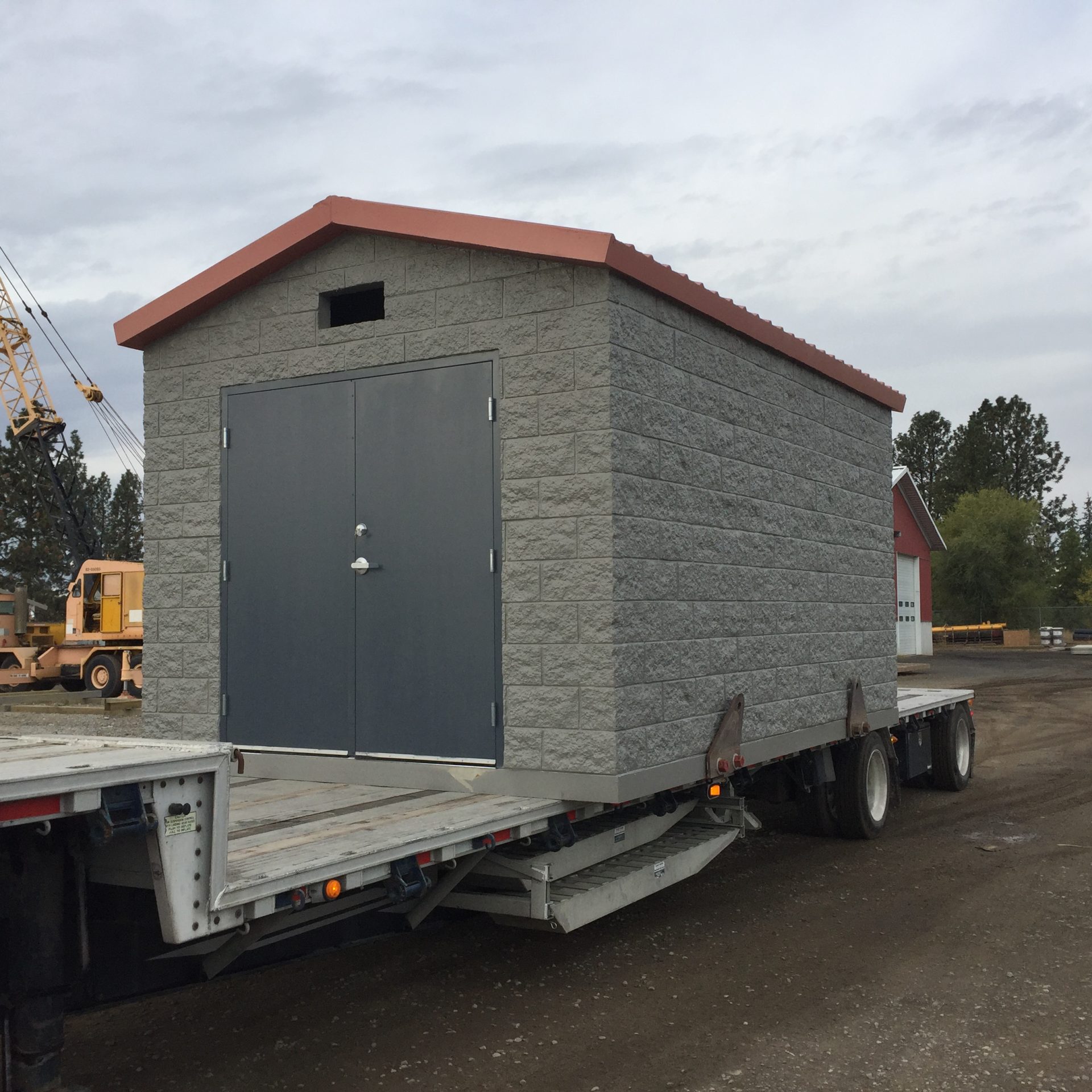Whether for electrical substations, telecommunications, or water treatment facilities, precast utility buildings provide reliable and adaptable solutions. Embrace the benefits of precast utility buildings to enhance your infrastructure operations, ensuring secure housing for equipment and supporting the efficient functioning of critical utility systems.
Advantages of Precast Utility Buildings:
- Durability and Security: Precast utility buildings are built to withstand harsh environmental conditions and provide long-lasting protection for equipment. Constructed from high-quality concrete, these structures offer exceptional durability, strength, and resistance to fire, vandalism, and adverse weather. Precast utility buildings ensure the safety and security of valuable equipment, minimizing the risk of damage or theft.
- Customizable Designs: One of the major advantages of precast utility buildings is their flexibility in design and customization. They can be tailored to suit the specific requirements of different utility applications, accommodating various equipment sizes and configurations. Precast structures can include features such as access doors, windows, ventilation systems, and specialized equipment mounting options. Customization options allow for seamless integration with existing infrastructure and aesthetic considerations.
- Quick Installation and Adaptability: Precast utility buildings are designed for easy and efficient installation, minimizing project timelines. As precast elements are manufactured off-site, they can be quickly transported and assembled on-site, reducing disruptions to ongoing operations. Moreover, the modular nature of precast utility buildings allows for future expansion or reconfiguration as infrastructure needs evolve. This adaptability ensures long-term usability and cost-effectiveness.
Applications of Precast Utility Buildings:
- Electrical Substations: Precast utility buildings are widely used for housing electrical substations, providing secure spaces for transformers, switchgear, and other critical electrical equipment. These structures protect the equipment from environmental elements, ensure personnel safety, and facilitate efficient maintenance and operation. Precast utility buildings can be customized to incorporate features like cable entry points, ventilation systems, and soundproofing measures, meeting the specific requirements of electrical substations.
- Telecommunications and Data Centers: In the telecommunications industry, precast utility buildings serve as housing units for telecommunications equipment, data centers, and network infrastructure. They provide secure and controlled environments for sensitive electronic equipment, ensuring uninterrupted operations. Precast utility buildings can be equipped with temperature control systems, fire suppression mechanisms, and advanced security features to safeguard critical telecommunications infrastructure.
- Pump Stations and Water Treatment Facilities: Precast utility buildings find applications in pump stations and water treatment facilities, housing pumps, control systems, and monitoring equipment. They offer a protective and accessible space for operators and maintenance personnel. Precast structures can be designed to accommodate specific layout requirements, equipment clearances, and maintenance access points. They contribute to the efficient operation and maintenance of water management and treatment systems.

;)

